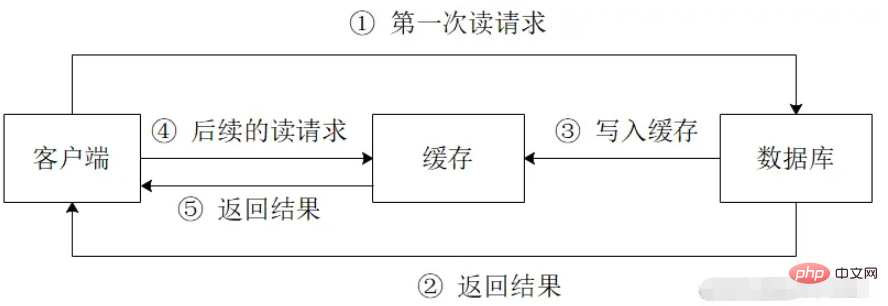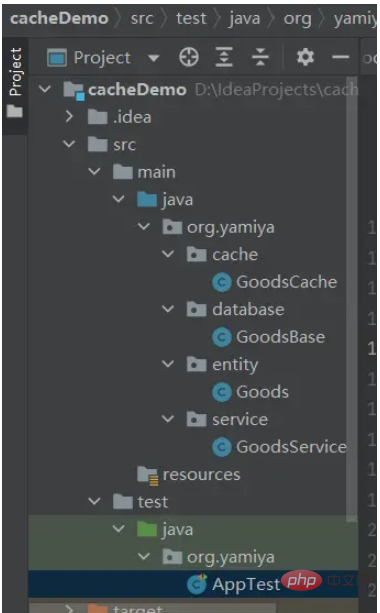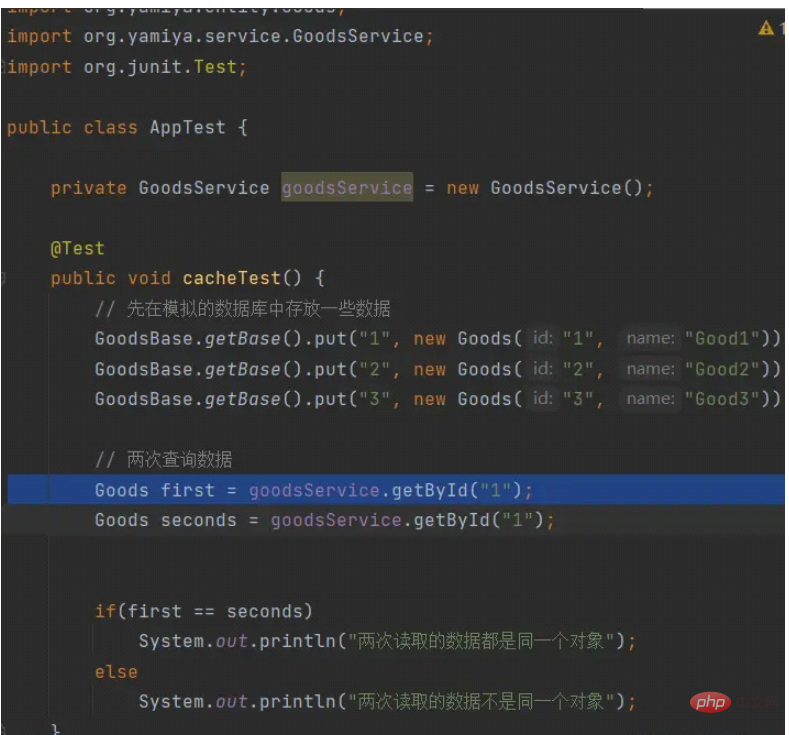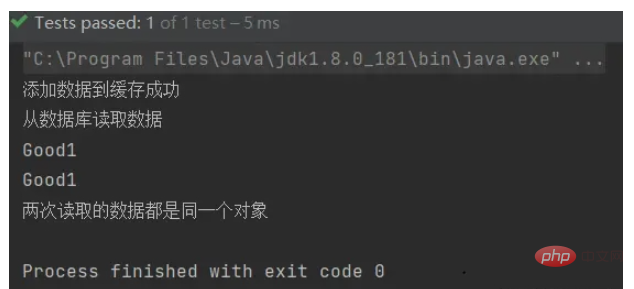Heim >Java >javaLernprogramm >Wie verwende ich Soft-Referenzen, um einen effizienten Caching-Mechanismus in Java zu implementieren?
Wie verwende ich Soft-Referenzen, um einen effizienten Caching-Mechanismus in Java zu implementieren?
- WBOYWBOYWBOYWBOYWBOYWBOYWBOYWBOYWBOYWBOYWBOYWBOYWBnach vorne
- 2023-04-24 13:19:091649Durchsuche
软引用和强引用
对于同一个读请求,只需要在第一次访问时从数据库中查询数据,并将查询到的数据保存到缓存中,之后的查询请求就可以直接在缓存中获取,从而减少对数据库的访问次数。
这种情况我们生活种经常会看到,比如访问某app某商品,第一次进去会加载一会会,后面继续点击是直接出现。

根据目前所学知识,我们可以使用 HashMap 在内存级别实现缓存功能。
例如,可以使用一个 HashMap 对象保存客户端第一次请求的结果,之后,当客户端再次发起读请求时,就从 HashMap 对象中遍历查询,如果 HashMap 中已经保存过客户要查询的数据,就直接返回,否则再向数据库发起查询请求,并将查询结果保存到 HashMap 中。
这种缓存的设计思路十分简单,但也存在一个问题:HashMap 中缓存的数据何时被清空?
内存容量是有限制的,如果永无止尽的向 HashMap 缓存数据,显然会对内存容量带来压力。一种解决方案就是使用 JVM 提供的软引用,实现对 HashMap 中缓存数据的淘汰策略。
开发中最常使用的是强引用,例如 Goods goods = new Goods() 就创建了一个强引用对象“goods”。只要强引用的作用域没有结束,或者没有被开发者手工设置为 null,那么强引用对象会始终存在于 JVM 内存中。
而 JVM 提供的软引用就比较灵活:当 JVM 的内存足够时,GC 对待软引用和强引用的方式是一样的;但当 JVM 的内存不足时,GC 就会去主动回收软引用对象。
可见,非常适合将缓存的对象存放在软引用中。软引用需要借助 JDK 提供的 java.lang.ref.SoftReference 类来实现。
项目
使用idea创建一个maven项目
结构如下

首先对Good实体类进行编写。
要求,goods有属性id,name并书写他的getset方法,以及有参无参构造器。
这里代码省略。
然后我们在goodbase里面编写代码,模拟一个数据库
里面主要有hashmap,并且通过get方法,得到该hashmap
public class GoodsBase {
private static Map<String, Goods> base = new HashMap<>();
public static Map<String, Goods> getBase() {
return base;
}
}然后书写goodscache缓存类
这里我们需要接触一个新关键字volatile
使用volatile关键字会强制将修改的值立即写入主存;
使用volatile关键字的话,当主线程修改时,会导致RunThread的工作内存中isRunning变量的缓存值变得无效。
由于RunThread的工作内存中缓存变量isRunning缓存无效,所以会再次从主存中读取isRunning变量值。
在map里面通过泛型把缓存对象存储在软引用里面(map里面)
代码如下:
public class GoodsCache {
private volatile static GoodsCache goodsCache;
public GoodsCache(){
this.cache = new HashMap<>();
}
public static GoodsCache getGoodsCache() {
if(goodsCache == null) {
synchronized (GoodsCache.class){
if(goodsCache == null){
goodsCache = new GoodsCache();
}
}
}
return goodsCache;
}
// 将缓存对象存储在软引用中
private Map<String, SoftReference<Goods>> cache;
// 根据id存储缓存Goods对象
public void setCache(Goods goods) {
cache.put(goods.getId(), new SoftReference<Goods>(goods));
System.out.println("添加数据到缓存成功");
}
// 根据id从缓存中获取对象
public Goods getCache(String id) {
// 根据id,获取缓存对象的软引用
SoftReference<Goods> softRef = cache.get(id);
return softRef == null ? null : softRef.get();
}
public void delCache(String id) {
cache.remove(id);
System.out.println("从缓存删除数据成功");
}
}goodsservice模拟数据库增删改查
接下来我们书写goodsservice代码,来模拟数据库增删改查,不过我们是通过id来进行
public class GoodsService {
GoodsCache goodsCache = GoodsCache.getGoodsCache();
public Goods getById(String id){
if(goodsCache.getCache(id) == null){
Goods goods = GoodsBase.getBase().get(id);
goodsCache.setCache(goods);
System.out.println("从数据库读取数据");
System.out.println(goods.getName());
return goods;
}
System.out.println(goodsCache.getCache(id).getName());
return goodsCache.getCache(id);
}
public void add(Goods goods){
goodsCache.setCache(goods);
GoodsBase.getBase().put(goods.getId(), goods);
System.out.println("添加数据到数据库");
}
public void deleteById(String id){
if(goodsCache.getCache(id) != null){
goodsCache.delCache(id);
}
GoodsBase.getBase().remove(id);
}
}最后我们书写test文件

运行结果

可以看到第二次运行 goodsService.getById("1"); 是从缓存中直接读取的数据,也可以看出,其实用软引用实现缓存机制,读取的对象是同一个对象。
Das obige ist der detaillierte Inhalt vonWie verwende ich Soft-Referenzen, um einen effizienten Caching-Mechanismus in Java zu implementieren?. Für weitere Informationen folgen Sie bitte anderen verwandten Artikeln auf der PHP chinesischen Website!

